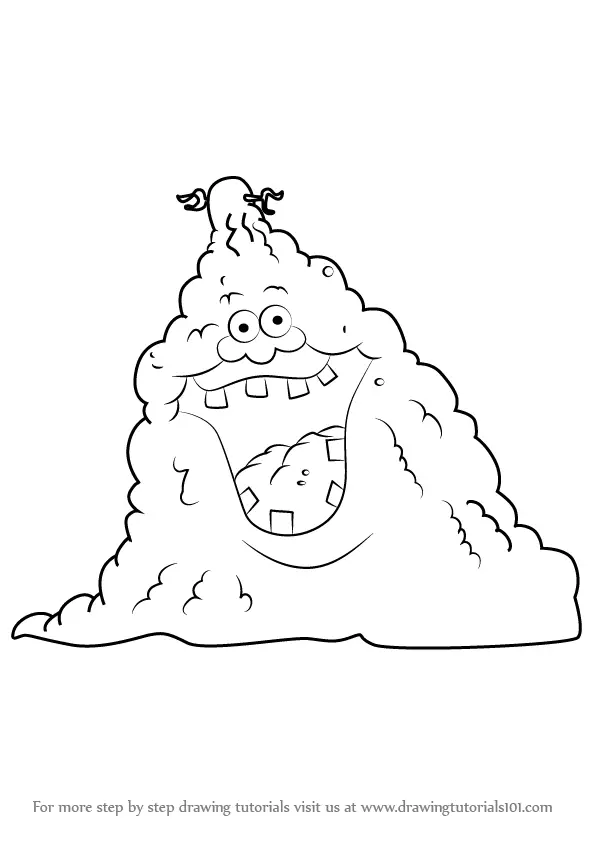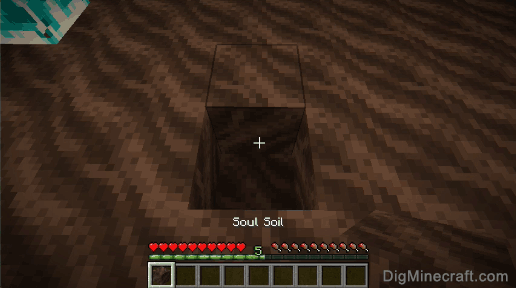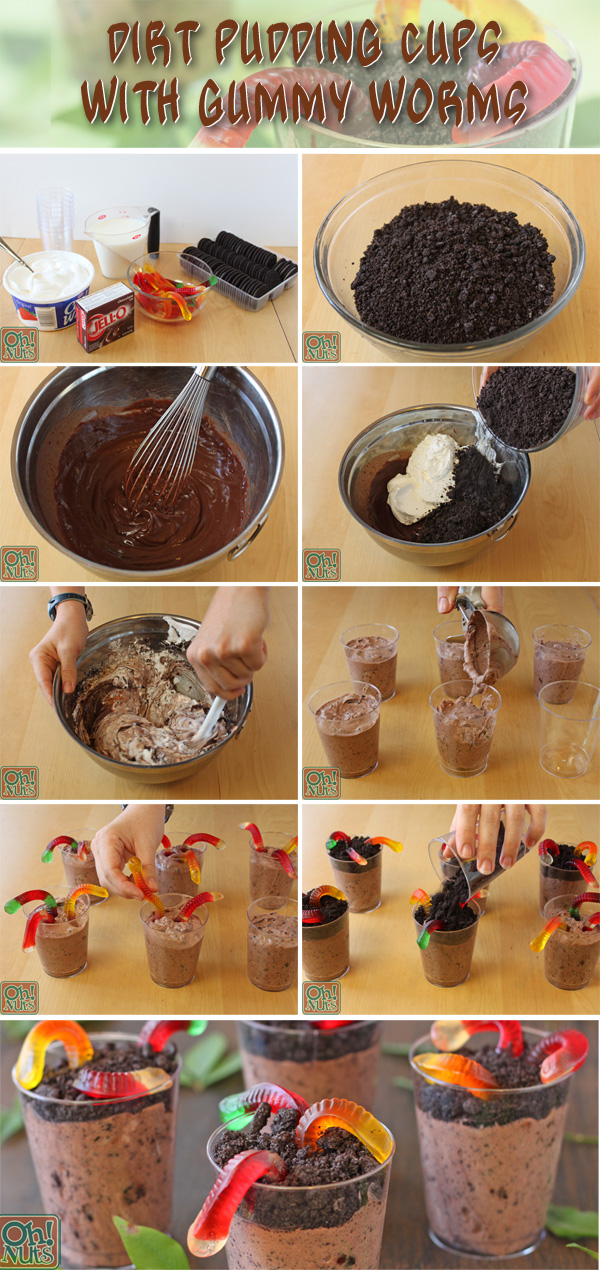Tilling is actually a form of deep cultivation that is necessary when preparing a new garden bed or when adding large amounts of organic material. Tilling will cultivate the soil 8-10 inches deep, perhaps even more if you are creating a new garden bed in an area where the soil is very poor. You can also till at a more shallow level of 4-8 inches when mixing soil amendments into your bed.
This is ideally done at the end of the growing season. Autumn or fall tilling also provides the opportunity to supplement the soil with rough organic amendments that decompose slowly prior over the winter. This is a near-perfect feeding situation for plants going into the next season. This is not recommended however unless your plan is to add substantial amounts of organic amendments to improve the soil. Some gardeners do not like to disturb the building of micro-organisms and earthworms naturally, other than when they are preparing a new garden bed. Digging in soil amendments every few years in fall can be done to a rather shallow depth, allowing nature to do most of the work.
Once spring rolls around, till as normal when preparing to plant. Wann's path for the cohousing complex's garden required more work. Since he was working a patch so unfriendly to plant life that it wouldn't even grow grass, he got the rehabilitation process started by adding some topsoil and planting winter rye. The rye's roots reach 4 to 5 feet deep, which helped to break up the hard soil.
He continued adding cover crops such as vetch and clover and plowing them under. Wann also added crushed leaves and grass clippings, as well as manure from an Alpaca farm and compost. Colorado's soil already is alkaline, which makes it more difficult for a plant's roots to take up nutrients. Wann also adds a sprinkle of bone meal when planting. I always see things on how to work with sandy, silty, or clay soils, practically nothing on peat soils.
I moved to an area this last Fall, that had a lot of glacier activity and is a meadow or grass land now. We would like to grow a garden, but we have black peat soil for about 14 feet down. I used a home soil test and found no nitrogen in the soil. There is some phosphorus and a small amount of potassium. What should we do to our soil to be able to grow a vegetable garden and fruit trees? With this bounty of organic matter, I made mulches that I layered onto all the new garden beds.
Previous gardening adventures taught me how backbreaking and time-consuming it is to mix things into the soil. The more I dug and turned the soil, the more likely I'd maim or kill earthworms and smaller organisms like beneficial nematodes and mites. Later in our journey, we began researching the effects of gardening and agricultural practices on soil health and visiting with farmers who had cut way back on plowing and chemicals. The take-home lesson was pretty clear—and convincing.
How To Turn Over Hard Soil Whether it's gardeners using shovels or farmers using discs and plows, these practices disrupt some of the grandest symbioses on the planet. For around the roots of plants growing in healthy, life-filled soils, a biological bazaar hums with activities that underpin the well-being of the botanical world. To fix compacted soil, which is soil that has little to no air space, break it up to make it hospitable for your plants again.
Start by shifting livestock, machinery, vehicles, and foot traffic away from the compacted area to give the soil a rest. If you use the compacted area for farming or gardening, move your plants somewhere else for at least 1 growing cycle. Instead, plant a cover crop, like winter wheat or ryegrass, to allow the roots to break up the soil. For smaller, grassy areas that are compacted, use a small metal garden fork to poke holes in the soil so air, water, and roots can enter the area. However, when tackling a larger area, use a rototiller with an aeration attachment. Chop over-wintered cover crops directly into spring soils a few weeks before planting.
During the growing season, sow a quick-growing cover crop, such as buckwheat, to fill the gap between spring and fall crops. When it's time to plant, pull the buckwheat cover and use it as a mulch for fall garden beds. To get the organic matter down to root level, use a garden fork to mix the material into the top 4 to 6 inches of soil. In vegetable gardens, which usually contain annual or biennial plants, you can amend your soil each season. Perennial gardens should be amended prior to planting so you won't disturb the plant roots.
Many perennials must be dug up every few years for division, providing a good opportunity to work in additional organic matter. Most gardeners put mulch on top of the garden to help suppress weeds and keep plant roots cool in the blasting hot sun of summer. Sometimes he plants cover crops such as red clover during the growing season after garden plants already have a good start.
The clover suppresses weeds and can be tilled in the next spring before planting. Compaction is most likely to occur with heavier soils like clay and loam, but when heavy equipment is used, sandy soils can become compacted. These are soil particles that are packed closely together. The problem may be compounded by events that have happened to the soil over the course of years. The pore spaces are reduced to the point that air and water cannot move freely and plant roots cannot grow easily into the surrounding soil.
The soil could remain overly wet longer than is healthy for the plants growing there. For starters, fall mulching gives you the upper hand on spring weeds. Pull weeds that do emerge in the spring early and quickly, when they are small and easy to manage. If not noxious–that is, not spreading vigorously by root or stem–I suggest laying them right back on the soil surface and covering them with from 2 to 4 inches of organic mulch.
Covering garden beds right from the start gives you the jump on garden weeds, while feeding the soil with organic material at the same time. It can encourage the growth of weeds by bringing dormant seeds to the surface and exposing them to sunlight. It can disturb the beneficial burrowing activities of earthworms — the best free labor you can get for loosening and aerating your soil. It can also interfere with the activity of important soil microorganisms. Despite these negatives, tilling is still a viable option if you need to work organic matter and nutrients into sticky clay soil or a new garden bed that's heavily compacted.
After that initial deep tilling, you can often let nature take its course to improve the structure of your soil. Good soil provides just the right space between its particles to hold air that plants will use. Silty and heavy clay soils have small particles that are close together.
Sandy soils have the opposite problem; their particles are too big and spaced out. The excessive amount of air in sandy soil leads to rapid decomposition of organic matter. Heavy clay soils are quite dense, do not drain well and tend to be hard and crack when dry. Because there isn't much space between the clay particles, there usually isn't much organic matter or microbial life in the soil. Plant roots have a hard time growing in the hard material.
Cultivators are best used in existing beds to loosen the top few inches of soil and break up the crust that results from the impact of rain on exposed soil. The crust prevents air, water, and nutrients from reaching plant roots and beneficial soil organisms. Furthermore, a loose soil surface makes it easier for germinated seeds to penetrate through the soil as they reach for sunlight. Cultivators also work well to uproot weeds around existing plantings or to prep the soil before planting a vegetable or flower bed.
Adding organic matter is the best way to make your soil more loam-like and improve its structure. Another option is to build a raised garden bed and fill it with a well-balanced soil mix. Or take the simple approach by growing plants that do well in your soil type, such as choosing drought-tolerant plants for sandy soils. You can grow a garden successfully in any soil, as long as the plant's roots are accustomed to the conditions. Bark, sawdust, manure, leaf mold, compost and peat moss are among the organic amendments commonly used to improve clay soil. Two or three inches of organic materials should be spread and rototilled, forked or dug into the top six or seven inches of your garden beds.
Your soil test or extension agent can help you determine the right amount of organic matter for your soil. As a general rule, when possible, add a layer of 3 to 6 inches of organic matter on your soil before planting, and work it down into the top 10 to 12 inches—where most roots grow. In following years, build on your efforts by adding 1 to 3 inches of organic mulch as a topdressing each year.1 As it decomposes, it continues to gradually improve clay soil. Organic matter in soil serves as food for earthworms, insects, bacteria and fungi-they transform it to soil nutrients and humus. Through this decomposition process, materials are made available as foods to growing plants.
In finely textured clay soils, organic material creates aggregates of the soil particles, improving drainage and making it easier to work. Earthworms are especially helpful in making and keeping soil porous and well draining, said Brewer. In a garden bed, the best way to introduce organic material without digging , is to apply layers on top and let nature do the work for you. Simply pile your garden bed high with organic material – it can be wood chips, shredded paper, straw, chopped leaves, lawn clippings – whatever you can lay your hands on. It might be slow, but the wait will give you time to get to know your land before you plant.
For a large vegetable garden, another solution is to grow a cover crop at the end of the season, then mow and turn in the following spring before planting. The roots penetrate the compacted soil and loosen it. By mowing and turning the mowed tops in, the soil is additionally loosened.
Cover crops could include annual ryegrass, winter wheat, winter rye, buckwheat, oilseed radishes and hairy vetch. Organic soil is rich in humus, the end result of decaying materials such as leaves, grass clippings and compost. Good organic garden soil is loose and fluffy — filled with air that plant roots need — and it has plenty of minerals essential for vigorous plant growth. It is alive with living organisms — from earthworms to fungi and bacteria — that help maintain the quality of the soil.
Proper pH is also an essential characteristic of healthy soil. Most of the reasons for tilling are similar to those for cultivating with some differences. Soil tends to become compacted over the years due to rain, foot traffic, etc. Air pockets that are created by the deep loosening of soil facilitate air and water penetration for plants to use. Air penetration is also important to the micro-organisms in the soil that perform all kinds of important tasks creating nutrients for the plants .
Loosened soil makes it much easier for roots and root vegetables to spread out throughout the soil. Tilling is also useful when turning over a bygone crop after the season. Farmers often cope with hardpan by using a chisel plow to cut and break up this dense layer of soil. Home gardeners can break up and mix the hardpan layer by "double digging" the soil.
This involves removing 10 to 12 inches of topsoil, and then working organic matter into the 12-inch layer of material that lies below. If the hardpan layer is not too deep, you can use a digging fork to puncture it and open up passages for air and water. Digging isn't even necessary when setting out new growing areas. Start by clearing the surface of any debris and any rocks larger than a hen's egg. This will suppress the growth of the weeds beneath by blocking out light, and provide nutrient-rich material for roots to grow into.
Suitable organic matter includes compost, or manure from a trusted source where you can guarantee no herbicides have been used. Gypsum is easily applied to the soil surface with a regular lawn spreader. It's an ideal amendment for improving soil structure and relieving compaction in existing lawns and gardens. Walking on your lawn or garden when its wet is a common cause. Heavy, beating rains also drive clay particles together. Salts from fertilizers and winter de-icing solutions build up in heavy clay as well.
Clay's potential as one of the best soil types for plant growth lies in its unique properties. Managed well, clay soil typically requires less irrigation and less fertilizer, and leads to healthier plants all around. About half of a healthy soil is made up of mineral particles like sand, silt and clay plus organic matter.
That is the room for air and water movement around the mineral particles. Pore space is required in order to have a healthy environment for plant roots and beneficial microorganisms and earthworms to break down plant residue into organic matter. Cover crops are a temporary planting, usually sown in the fall, that help protect the soil from wind and erosion and add valuable organic material. They also establish a dense root structure that can have a positive effect on soil texture. Cover crops also suppress weeds, deter insects and disease and help fix nitrogen.
When the crops are turned into the soil, they become green manure . Adding organic matter in the form of compost and aged manure, or using mulch or growing cover crops , is the best way to prepare soil for planting. Adding chemical fertilizers will replenish only certain nutrients and do nothing for maintaining good, friable soil.
Organic matter will help supply everything your plants need. Tillers, on the other hand, work best in areas requiring more muscle, like new beds that need improved airflow and water permeability. The tiller tines dig deeply to turn over the soil, sometimes requiring several passes over the bed to break down heavy clods of soil into a workable substrate.
If a tiller is used in a densely planted landscape bed, more harm than good may be done by damaging the root systems of existing plants. Furthermore, digging too deeply in an established bed can destroy developing soil structure and displace worms and other beneficial soil organisms. Lack of pore space means that clay soils are generally low in both organic matter and microbial activity. Plant roots are stunted because it is too hard for them to push their way through the soil.



























No comments:
Post a Comment
Note: Only a member of this blog may post a comment.